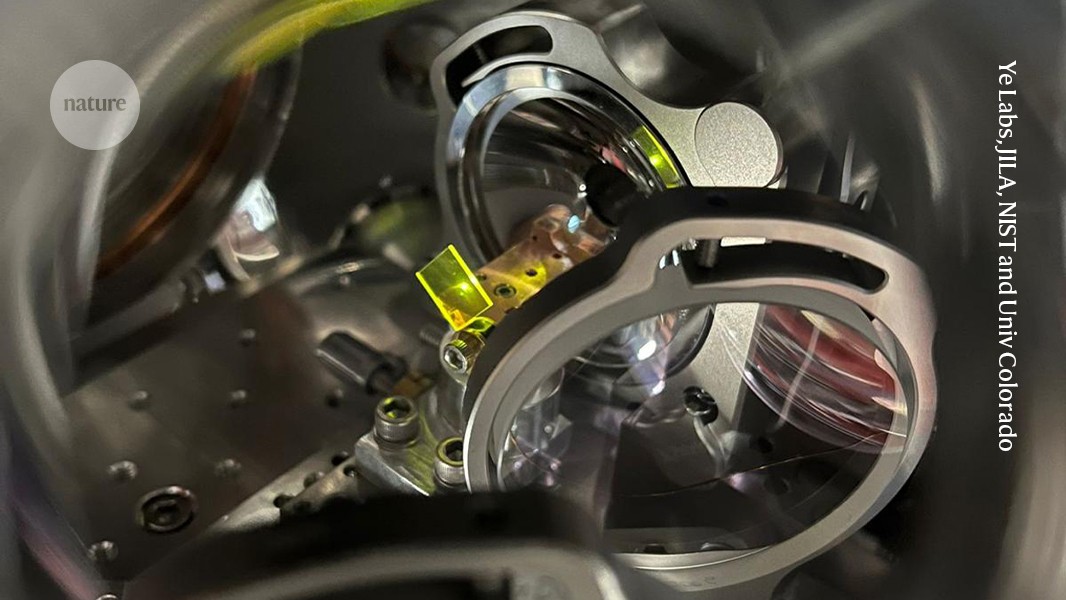- cross-posted to:
- [email protected]
- cross-posted to:
- [email protected]
cross-posted from: https://lemmy.sdf.org/post/21879517
A link to the preprint. I’ll do the actual math on how many transitions/second it works out to later and edit.
I’ve had an eye on this for like a decade, so I’m hyped.
Edit:
So, because of the structure of the crystal the atoms are in, it actually has 5 resonances. These were expected, although a couple other weak ones showed up as well. They give a what I understand to be a projected undisturbed value of 2,020,407,384,335.(2) KHz.
Then a possible redefinition of the second could be “The time taken for 2,020,407,384,335,200 peaks of the radiation produced by the first nuclear isomerism of an unperturbed 229Th nucleus to pass a fixed point in space.”
2,020,407,384,335.(2) KHz
So is that 2 Petahertz?
Yup. Well, if that’s all the digits you need. It’s kind of where Far UV turns into Extreme UV. That’s still shockingly low energy for a nuclear decay, which is where the idea came from.
Like I said on the crosspost, reaching the frequency isn’t the problem, per se. This works exactly because there’s electron-transition-based lasers that can pump it. The direct link to the strong/weak force and more compact, potentially solid state clocks with better-than-atomic precision are the benefits.
I’m hoping I can eventually buy a pair of stopwatches that can measure the time dilation just from me walking around. Detecting dark matter is also cool, as is better wireless technologies.
I’ll still show up late
Time is relative. Maybe if you get a clock like this you can prove it.



